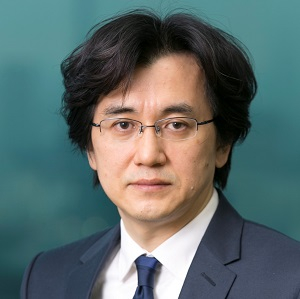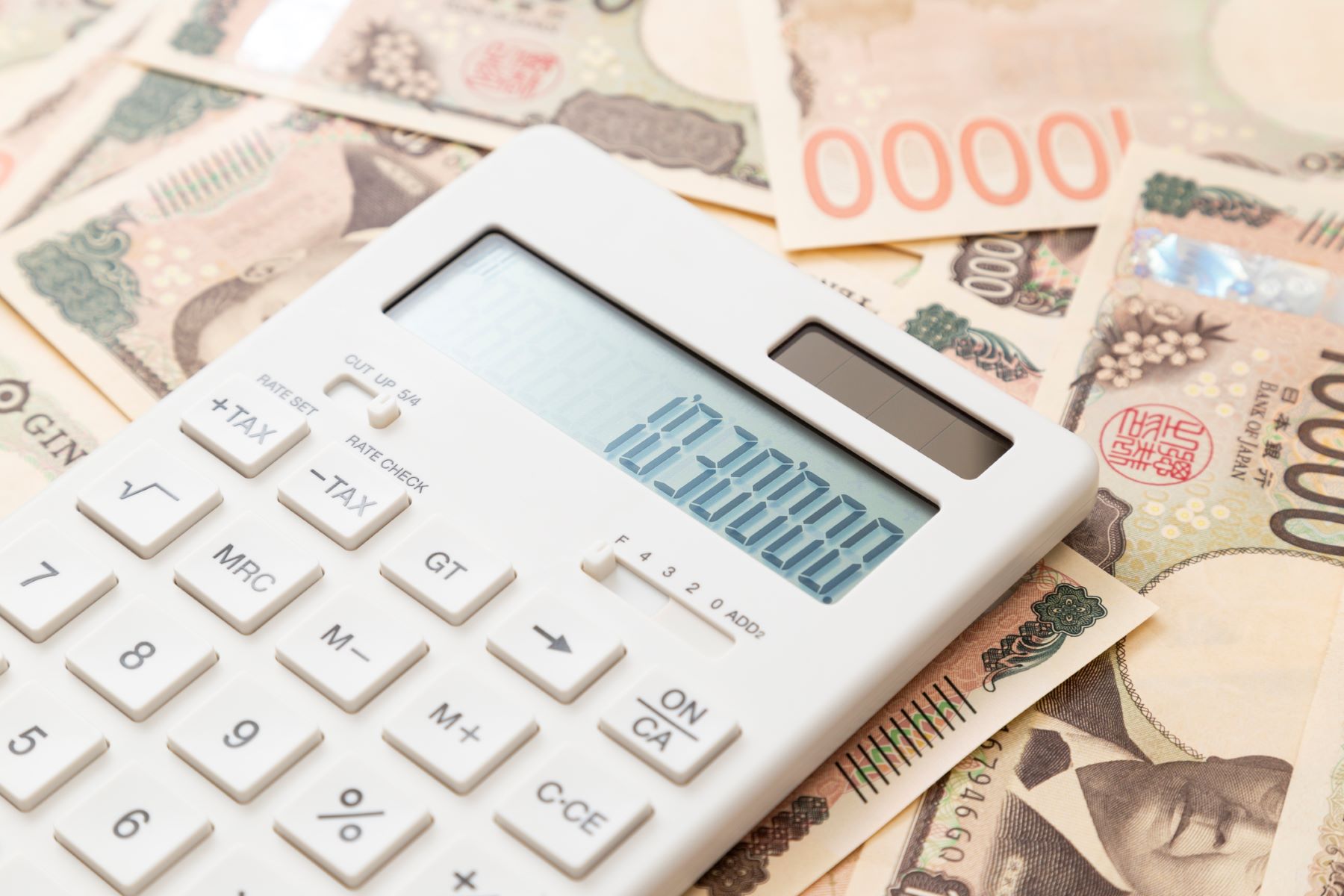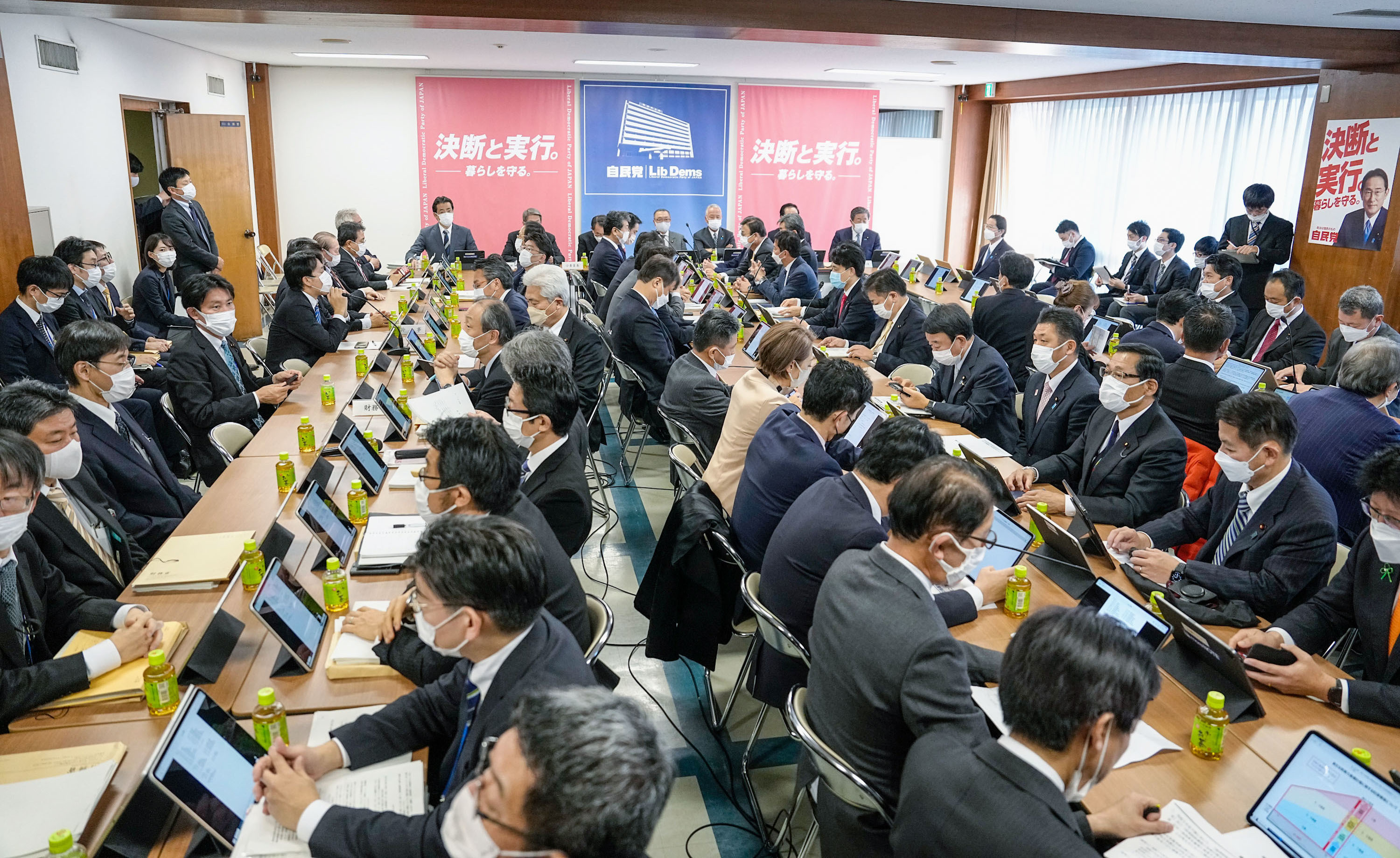
Research Director Sota Kato offers timely advice for a prime minister who is sinking in the polls as he struggles to satisfy the conflicting demands of the voting public and the LDP’s powerful factions.
* * *
Just a few months out of the starting post, the cabinet of Prime Minister Yoshihide Suga is in deep trouble as its public approval rating plummets. While a number of factors have contributed to Suga’s fall from grace, the biggest is doubtless his administration’s muddled pandemic response.
In order to hold onto power, a prime minister needs to maintain the support of both his party and the electorate as a whole. In the Liberal Democratic Party, a politician’s support from the party rests on the strength of his faction. Suga, however, is an anomaly, since he belongs to no faction—in sharp contrast to the long-serving Shinzo Abe, who was the de facto head of the LDP’s largest grouping. This means that Suga’s prospects for remaining in power beyond the next party leadership election (in September) hinge on the continued backing of the party’s faction bosses or strong public support.
Lately, this looks increasingly like an either-or proposition. The policies sought by the party brass are not the same as those sought by the general public. Indeed, in some cases they are mutually exclusive. The disparity is reflected in voting results: although the LDP controls more than 60% of the seats in the House of Representatives, it typically receives less than half of the total votes in general elections. This suggests that the median policy preferences of LDP members are substantially different from those of the public. Interest-group politics further decouples policy preferences of LDP members and the public. Political science has elucidated the mechanisms by which an organized minority can wield outsized political influence, even under a democratic system designed to reflect the will of the majority. During its 60-odd years as Japan’s top party, the LDP’s fortunes have become inextricably entwined with a variety of business lobbies and other powerful interest groups.
Reconciling the pressure from such interest groups with the will of the people is proving particularly challenging in the midst of the pandemic. If, as is often maintained, pandemic policy involves a trade-off between safety and the economy (an oversimplification, since the economy cannot fully recover until people feel safe), the voters’ preference is clear. In surveys around the world, respondents have come down time and again on the side of safety—even in Japan and other countries with low rates of infection. In fact, in an international tracking poll conducted by the British polling service YouGov, Japan consistently ranks near the top in the percentage of residents who worry about catching the virus.
On the opposite side, however, are powerful industry lobbies eager to get people traveling and shopping again. The tourism and retail sectors of rural areas form a major component of the ruling party’s support base, and with a House of Representatives election in the offing (October at the latest), the pressure on LDP politicians must be building,
It is not surprising, therefore, that Suga has struggled to strike a balance between the safety concerns of the voting public as a whole and the economic concerns of his party. Unable or unwilling to choose one over the other, the prime minister has succeeded in neither. For example, last December the government was issuing dire warnings about the need for restraint during the “critical three-week period” ahead, even as it continued to promote and subsidize travel and dining through its “Go To Travel” discount campaigns. The inconsistency, which was not lost on Japanese voters, was doubtless a key factor behind the drop in the cabinet’s approval rating.
With elections looming, public support sliding, and no political base to fall back on, Suga is in a pinch, and his options are limited. In my view, his best hope is to appeal to the public with a firm and principled stand.
The Suga cabinet’s top priority now should be a consistent and rational coronavirus response. The easiest way to boost the public approval rating would doubtless be to reset government policy with health and safety uppermost in mind. That said, Suga’s own inclinations doubtless lie in the other direction. An argument could certainly be made for shifting the emphasis to economic recovery given the persistently low rates of infection and death in Japan as compared with other countries. Moreover, the examples of Brazil and Sweden suggest that it is in fact possible for a government to secure popular support for a pro-growth policy even as casualties mount. In either case, though, the prime minister needs to make a political decision fully informed by expert analysis and then take it directly to the people, explaining his policy with clarity, coherence, and conviction.
Most importantly, Suga must clearly demonstrate that his concern is with the nation, not the party. The few LDP leaders who have managed to stay in power and make a mark on postwar politics without the support of a major faction have done so by gaining the public’s trust and leveraging their popularity to bend the party to their will.
The most outstanding example was doubtless Jun’ichiro Koizumi, prime minister from 2001 to 2006. The reform-minded leader of a minor LDP faction, Koizumi grabbed the spotlight in 2001 with his pledge to “smash the LDP” and rode to leadership on a wave of popularity and support from rank-and-file party members. After taking office, he pushed ahead with such bold reforms as privatization of the postal service. His willingness to take on the LDP establishment made him a darling of the masses and ultimately invulnerable to party cabals. Koizumi may have been an outlier from the LDP’s standpoint, but his positions were probably fairly close to the mainstream views of the general public.
Another example was Yasuhiro Nakasone (1982–87). To be sure, Nakasone came to power with the help of former Prime Minister Kakuei Tanaka, who led the LDP’s largest faction and initially controlled the Nakasone administration as well. But Nakasone ultimately asserted his leadership and won broad public support by standing up to the vested interests and pushing through important reforms.
If Suga could muster the resolve to build his pandemic response around the needs of the people—as opposed to the vested interests protected by the LDP—his policy options would expand greatly, regardless of their basic orientation. A “health and safety” policy need not be limited to imposing constraints on economic and social activity and providing emergency funding for hospitals. It could also grapple with the structural deficiencies that the coronavirus has thrown into relief, such as those that have forced Japanese hospitals to struggle with the pandemic despite leading the world in available beds per capita.
The reforms needed to correct these deficiencies may face stiff resistance from interest groups, including the Japan Medical Association, but in the current crisis, with the eyes of the nation fixed on the healthcare system, surely the welfare of the many should prevail over the interests of the few. We have already seen this effect in the rapid expansion of online medical care, long blocked by the healthcare lobby.
As a self-made politician from an urban constituency, unaligned with any of the party’s factions, Suga is a genuine anomaly among LDP leaders. His best hope now is to make the most of this independence and demonstrate true leadership. In the context of the coronavirus response, that means drawing up and implementing a policy that goes beyond handouts to address deep-rooted issues via systemic reform.
Translated from “Suga naikaku wa itan ni tesse yo,” Nikkei Veritas, January 24, 2021.




